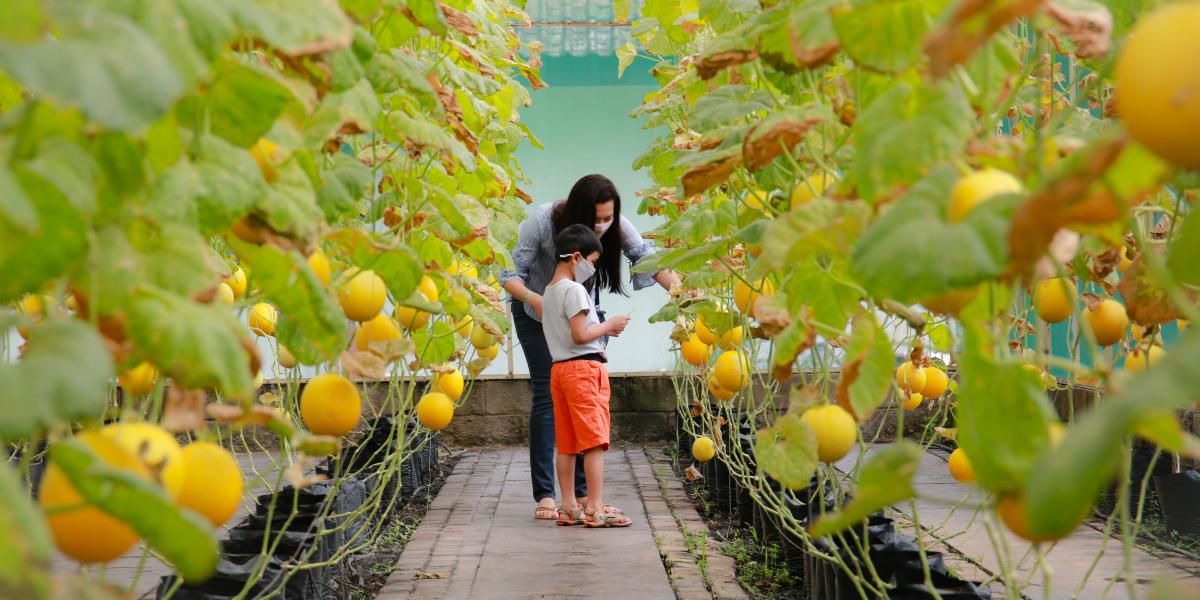How has China maintained domestic food stability amid global food crises?

A perfect storm of climate shocks, pandemic aftereffects, economic instability, and the Ukraine conflict has made the global food crisis a stark reality.
As many as 828 million people, or 10% of the world’s population, suffered from hunger in 2021, and nearly 30% faced moderate or severe food insecurity. In March 2022, the Food Price Index peaked. Despite declines in recent months, the price remained high above last year's value.
With its vast population, China has managed to maintain relatively stable domestic food prices and supplies. The domestic food price saw a moderate year-on-year increase of 0.4% in the first half of 2022, compared to the global growth of 25.2%.
The country’s domestic grain production reached 483 kilograms per capita in 2021, which also maintained relatively high compared to the international food security standard of 400 kilograms per capita,
The public and private sectors have made great efforts to maintain this stability. The Chinese government has introduced policies in several areas, from production and transportation to market and end-use, to support food security and strengthen agri-food system resilience. Since 2006, the government has set a “farmland red lining” policy to keep no less than 120 million hectares of arable land for crop farming.
The policy also outlines the development of 66.7 million hectares of high-quality farmland, with a particular eye on protecting the fertile black soil in northeast China. Furthermore, relevant ministries collaborated to open a “green channel” for fresh agricultural products to increase transportation efficiency. Other policies have been developed to combat food loss and waste along the whole food chain, which accounts for 27% of the country’s annual production.
Supporting smallholder farmers - farmers operating less than 2-3 hectares of land - is one of the crucial policy focuses of China. As the backbone of China’s food security, the 250 million smallholders produced about 80% of food in China. Yet they are among the most vulnerable groups, bearing the brunt of the food crisis due to their modest income and limited access to technology and financial support.
)
)
)



)
)
)
)
)
)
)
)
)
)
)
)
)
)
)
)
)
)
)
)
)
)
)
)
)
)
)
)
)
)
)
)
)
)
)
)
)
)
)